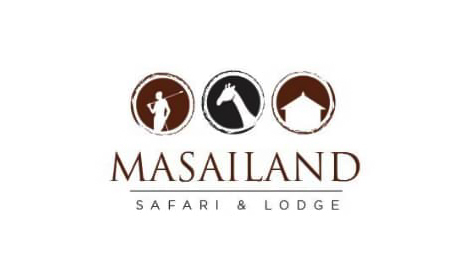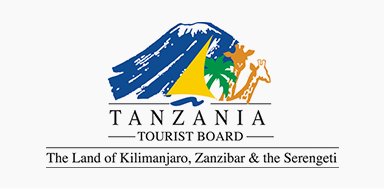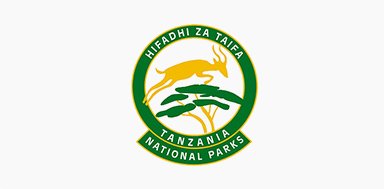Mount Lemagarut (3155m)
Mt. Lemagrut lies on the western part of Ngorongoro crater. It takes less than an hour to drive to the lower slopes and for trekking, it takes 4 hours top and down. You can enjoy the beautiful view over the Serengeti plains, Lake Eyasi and the Ngorongoro Crater on a clear day. If you wish you can include this trek in safari tour to the Ngorongoro crater area.
Ngorongoro Conservation Area
The Ngorongoro conservation area also contains the spectacular Ngorongoro crater (250Km. sq.), which is the world largest unbroken caldera in the eastern Great Rift Valley. There is a large population of wild ungulates in the crater, including the visible population of black rhino in their natural environment, the crater also has the world densest population of lions. The crater is the only conservation area in the world where visitors are likely to see elephants, rhino, lion, buffalo and leopard within a span of four hours, in natural environment.
Empakai Crater
We will take you for a lovely trekking experience at Empakai crater which will be the most rewarding experience. The time taken for the hike depends on whether you wish to descent from the southern wall [1 km. 700 meters of altitude. 1, 5 hr.] or from the eastern wall [2 km. 300 meters of altitude. 2 hr. The trekking will take up to 3 to 4 hours. You will find that the sides of the crater are steep in both ways.
Olmoti Crater (3700m)
We give you an amazing opportunity to hike through the rain forested slopes to get the view from the edge of the crater. The trek winds down to the grassy plains of the crater floor, and to Mungwe Falls, named after the peculiar white flourish of the Colobus Monkey tail. You can explore the Crater’s rim with an armed ranger in two to seven hours on a walking safari. Unfortunately, there is only one Ngorongoro and these Is in Tanzania the land of Kilimanjaro and the Breathtaking Serengeti.
Accommodation
There are a good number of lodges on the rim of the crater and comfortable lodges, tented camps and semi Permanente tented camps on the western of the Ngorongoro conservation around the Ndutu area. The Ndutu area is the actual place where wildebeest room between the months of December to March, and these is the caving area in the month of February.


Wildlife
Ngorongoro crater is home to a population of about 30,000 large mammals, mostly ungulates, alongside the highest density of hyena and lions. Ngorongoro harbors’ a ranger of endangered species, such as the black rhino, wild dogs and Africa golden cat.
It is also a home to about 500 species of birds. The mix of forest, grassland, lakes, and marshes forms an ideal habitat for an enormous variety of birds. During the rainy season you can see the arrival of European migrants at the open pools. White storks and yellow wag tails mingle with the local inhabitants, stilt, saddle billed stork, ibis, ruff and various species of ducks, lesser flamingoes fly in from their breeding ground at Lake Natron, distinctive grassland birds such as ostrich, kori bustard and grey crowned cranes occasionally put on truly magnificent display.





